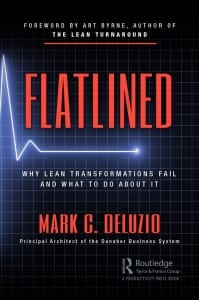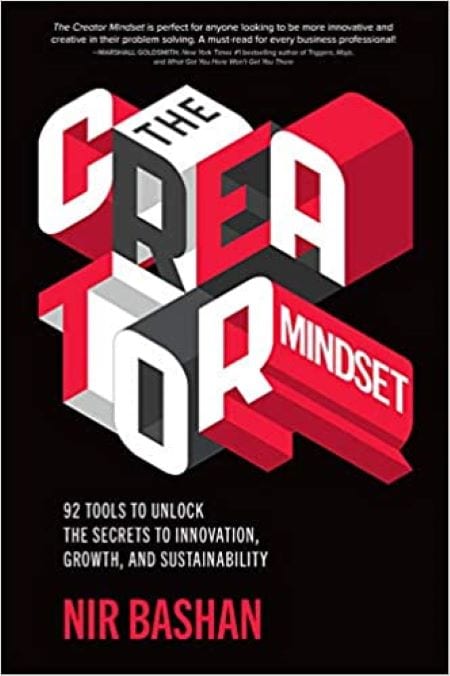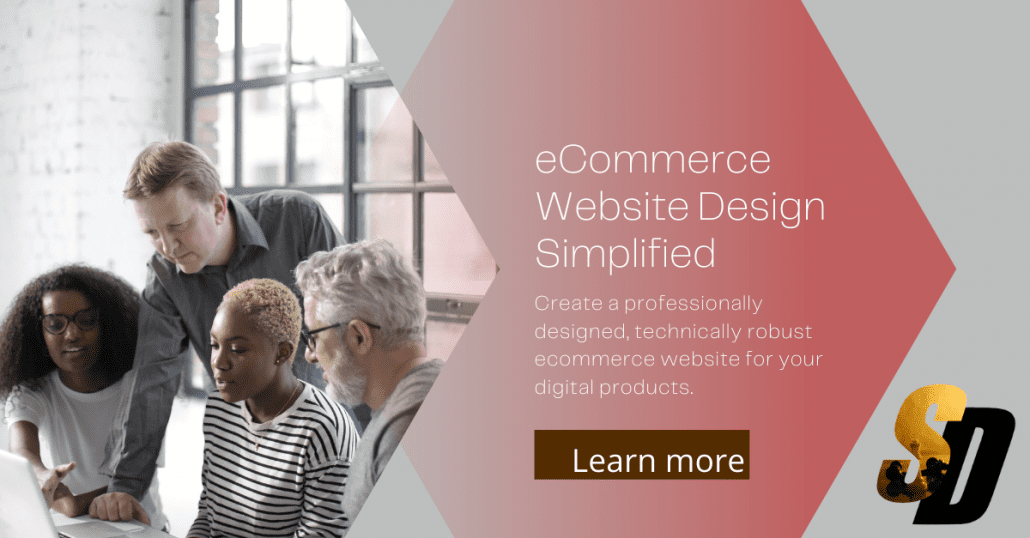4 Post-Pandemic Marketing Tips to Help Your Business

Tip 1: Provide Reassurance to Your Consumers
The entire nation is faced with uncertainty as the pandemic drags on, and your consumers are worried about their health, their safety, their finances, and so much more. It doesn’t matter what kind of service or product you offer, your customers need reassurance that your business is still here for them and there is no danger in continuing to do business together. You can start by reassuring your customers of your response to what is going on. Many states have their own safety mandates and operation protocols, and you need to make your compliance and adaptations public. Use email messages, social media posts, website updates, and signs in your physical location that inform customers of the steps you are taking to keep their wellbeing your priority. If your customers are plagued by uncertainty, it will impact their purchasing habits. Encourage your consumers to contact you with any questions or concerns.
Tip 2: Explore Crazy Ideas
It’s time to be realistic. Life before COVID-19 is completely different from life post-pandemic will be. The marketing strategies you used last year or in times past won’t have the same impact going forward. Right now is the time to get creative and take risks without ideas and tactics. Generally speaking, there isn’t a bad idea going forward. The world has never faced something like this before, so everything is unchartered territory. You aren’t the only business that may be struggling. Your competitors are going to be working just as hard to rebound from the impact of COVID-19. The more unique and memorable your marking strategy, the greater the likelihood of standing out in your industry. Think of products that benefit consumers now, like a DIY care kit to offer when they visit the store. Offer virtual meetings or online classes to ease fears about traveling out. Have fun, and don’t limit yourself in this area.
Tip 3: Add Some Flame to Your Social Media Presence
It’s estimated that around 80% of Americans have at least one social media profile. Long before the pandemic, it was a prime way for companies to communicate, advertise, and leave reviews. The social distancing and shelter-in-place orders only created new demand for interesting and relevant content on social media, as more people and businesses went virtual. With all of the increased traffic online, there is no better time to kick up your social media presence. Use your company’s presence to start or join in on trending conversations. Pay for advertisements or sponsored posts. You can host online contests or surveys, or you can share photos and videos of products in your store or about what the employees at your company are up to. Social media will help you generate new interest and excitement about what’s going with your business, even if customers aren’t physically coming to your store or if clients aren’t meeting you for lunch.
Tip 4: Cultivate Virtual Relationships
Many people think you need to meet with someone in person in order to develop a strong relationship. It is more difficult to cultivate relationships through virtual means, but in light of the pandemic, it may be the only way to get things done. You may have little interest in hosting a Zoom call or going live on social media, but your apprehension or pride may keep you giving your customers what they want. Just because a consumer can’t get out doesn’t mean they have no interest in what is going on. Put yourself in the place of your customers. What would you expect from a business during this time? What have you seen your vendors or competitors do? You need to communicate with your customers on a regular basis, whether its through email, video calls, online presentations, or your social media content. Don’t waste these months and the ability to build strong virtual relationships.
Tip 5: Enhance Your Website
There are a lot of great ways in which you can make improvements to your company’s marketing routine, and the website plays a massive role in this. Since the pandemic hit, companies have had to reevaluate their marketing strategies and the steps they’ve taken in order to try to improve success. This is something that plays a massive role in any future success you might have, so you need to be making the right changes. And it is pretty clear that upgrading and updating your website is one of the best steps you can take to make the most of this.
You have to have a website that looks great, and one that is going to help increase organic traffic and attract customers. Having people visit your website is a big part of the process of being able to take things to the next level. Lead generation is important, but you also have to make sure you convert those leads in the process as well. So, you need to try to look at some of the best ways of doing this. Hiring a web design team could prove to be really decisive with this, and may well help you to revamp your site as much as possible. Work on taking the necessary steps that are going to help you improve your website as much as you can right now.
Economists still have concerns about the future, considering the threat of a second wave of COVID-19 infections. With a few months behind you as experience and with these tips going forward, you can keep your business going strong.









